- Home
- Isaac Asimov
The Complete Robot
The Complete Robot Read online
Some Non-human Robots Introduction
Dedicated To:
Marjorie Goldstein
David Bearinger
Hugh O'Neill
For whom books are in progress
Introduction
By the time I was in my late teens and already a hardened science fiction reader, I had read many robot stories and found that they fell into two classes.
In the first class there was Robot-as-Menace. I don't have to explain that overmuch. Such stories were a mixture of "clank-clank" and "aarghh" and "There are some things man was not meant to know. " After a while, they palled dreadfully and I couldn't stand them.
In the second class (a much smaller one) there was Robot-as-Pathos. In such stories the robots were lovable and were usually put upon by cruel human beings. These charmed me. In late 1938 two such stories hit the stands that particularly impressed me. One was a short story by Eando Binder entitled "I, Robot," about a saintly robot named Adam Link; another was a story by Lester del Rey, entitled "Helen O'Loy," that touched me with its portrayal of a robot that was everything a loyal wife should be.
When, therefore, on June 10, 1939 (yes, I do keep meticulous records), I sat down to write my first robot story, there was no question that I fully intended to write a Robot-as-Pathos story. I wrote "Robbie," about a robot nurse and a little girl and love and a prejudiced mother and a weak father and a broken heart and a tearful reunion. (It originally appeared under the title-one I hated-of "Strange Playfellow. ")
But something odd happened as I wrote this first story. I managed to get the dim vision of a robot as neither Menace nor Pathos. I began to think of robots as industrial products built by matter-of-fact engineers. They were built with safety features so they weren't Menaces and they were fashioned for certain jobs so that no Pathos was necessarily involved.
As I continued to write robot stories, this notion of carefully engineered industrial robots permeated my stories more and more until the whole character of robot stories in serious printed science fiction changed-not only that of my own stories, but of just about everybody's.
That made me feel good and for many years, decades even, I went about freely admitting that I was "the father of the modern robot story. "
As time went by, I made other discoveries that delighted me. I found, for instance, that when I used the word "robotics" to describe the study of robots, I was not using a word that already existed but had invented a word that had never been used before. (That was in my story "Runaround," published in 1942. )
The word has now come into general use. There are journals and books with the word in the title and it is generally known in the field that I invented the term. Don't think I'm not proud of that. There are not many people who have coined a useful scientific term, and although I did it unknowingly, I have no intention of letting anyone in the world forget it.
What's more, in "Runaround" I listed my "Three Laws of Robotics" in explicit detail for the first time, and these, too, became famous. At least, they are quoted in and out of season, in all sorts of places that have nothing primarily to do with science fiction, even in general quotation references. And people who work in the field of artificial intelligence sometimes take occasion to tell me that they think the Three Laws will serve as a good guide.
We can go even beyond that-
When I wrote my robot stories I had no thought that robots would come into existence in my lifetime. In fact, I was certain they would not, and would have wagered vast sums that they would not. (At least, I would have wagered 15 cents, which is my betting limit on sure things. )
Yet here I am, forty-three years after I wrote my first robot story, and we do have robots. Indeed, we do. What's more, they are what I envisaged them to be in a way-industrial robots, created by engineers to do specific jobs and with safety features built in. They are to be found in numerous factories, particularly in Japan, where there are automobile factories that are entirely roboticized. The assembly line in such places is "manned" by robots at every stage.
To be sure, these robots are not as intelligent as my robots are-they are not positronic; they are not even humanoid. However, they are evolving rapidly and becoming steadily more capable and versatile. Who knows where they'll be in another forty years?
One thing we can be sure of. Robots are changing the world and driving it in directions we cannot clearly foresee.
Where are these robots-in-reality coming from? The most important single source is a firm called Unimation, Inc. , of Danbury, Connecticut. It is the leading manufacturer of industrial robots and is responsible for perhaps one third of all robots that have been installed. The president of the firm is Joseph F. Engelberger, who founded it in the late 1950S because he was so interested in robots that he decided to make their production his life work.
But how in the world did he become so interested in robots so early in the game? According to his own words, he grew interested in robots in the 1940s when he was a physics-major undergraduate at Columbia University, reading the robot stories of his fellow Columbian Isaac Asimov.
My goodness!
You know, I didn't write my robot stories with much in the way of ambition back in those old, old days. All I wanted was to sell them to the magazines in order to earn a few hundred dollars to help pay my college tuition-and to see my name in print besides.
If I had been writing in any other field of literature, that's all I would have attained. But because I was writing science fiction, and only because I was writing science fiction, I-without knowing it-was starting a chain of events that is changing the face of the world.
Joseph F. Engelberger, by the way, published a book in 1980 called Robotics in Practice: Management and Application of Industrial Robots (American Management Associations), and he was kind enough to invite me to write the foreword.
All this set the nice people at Doubleday to thinking-
My various robot short stories have appeared in no less than seven different collections of mine. Why should they be so separated? Since they appear to be far more important than anyone dreamed they would be (least of all, I) at the time they were written, why not pull them together in a single book?
It wasn't hard to get me to agree, so here are thirty-one short stories, totaling some 200,000 words, written over a time period stretching from 1939 to 1977-

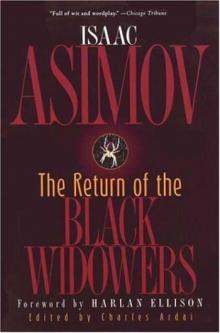 The Return of the Black Widowers
The Return of the Black Widowers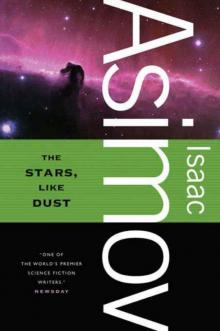 The Stars, Like Dust
The Stars, Like Dust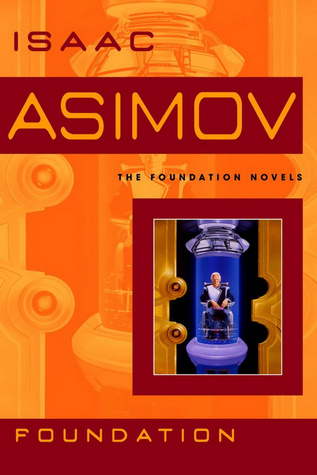 Foundation
Foundation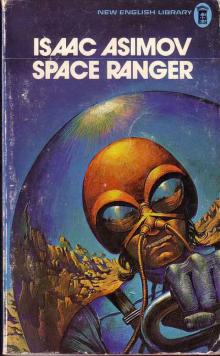 David Starr Space Ranger
David Starr Space Ranger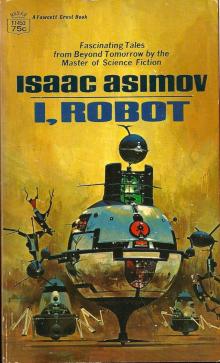 I, Robot
I, Robot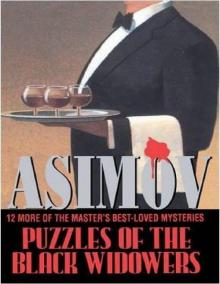 Puzzles of the Black Widowers
Puzzles of the Black Widowers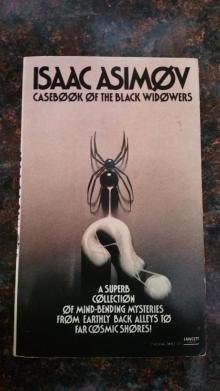 Casebook of the Black Widowers
Casebook of the Black Widowers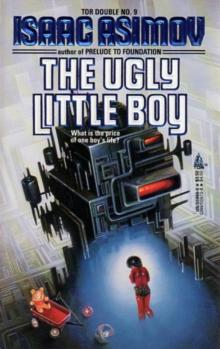 The Ugly Little Boy
The Ugly Little Boy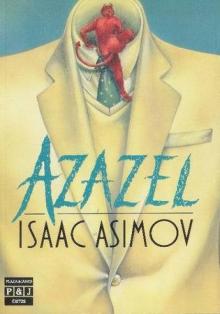 Azazel
Azazel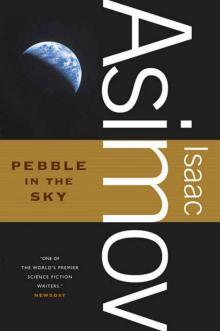 Pebble in the Sky
Pebble in the Sky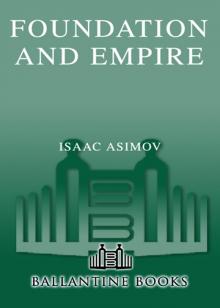 Foundation and Empire
Foundation and Empire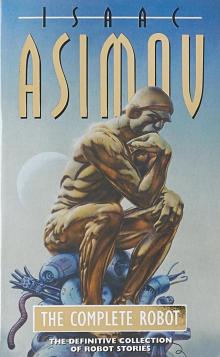 The Complete Robot
The Complete Robot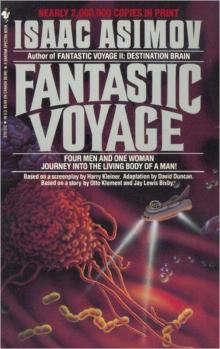 Fantastic Voyage
Fantastic Voyage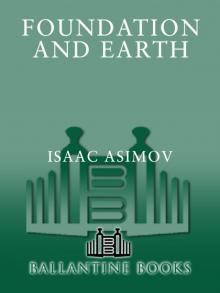 Foundation and Earth
Foundation and Earth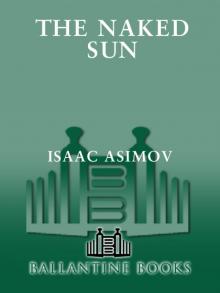 The Naked Sun
The Naked Sun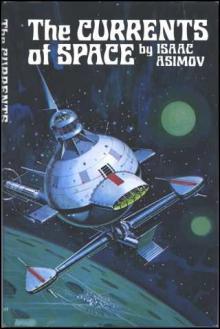 The Currents of Space
The Currents of Space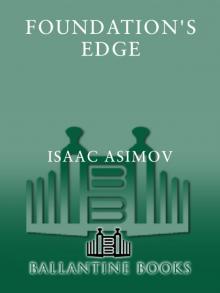 Foundation's Edge
Foundation's Edge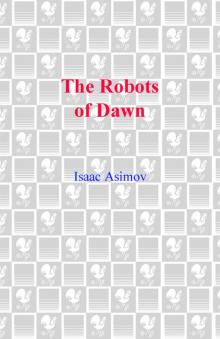 The Robots of Dawn
The Robots of Dawn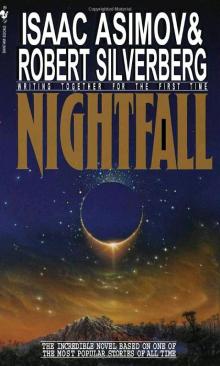 Nightfall
Nightfall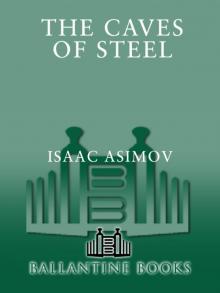 The Caves of Steel
The Caves of Steel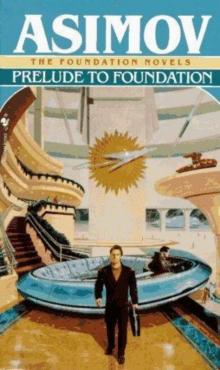 Prelude to Foundation
Prelude to Foundation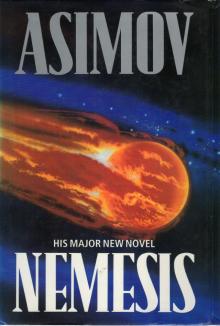 Nemesis
Nemesis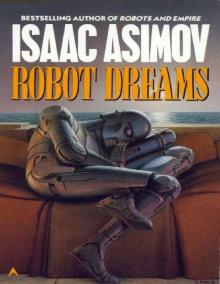 Robot Dreams
Robot Dreams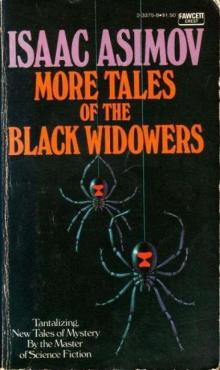 More Tales of the Black Widowers
More Tales of the Black Widowers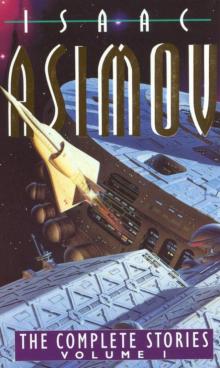 The Complete Stories
The Complete Stories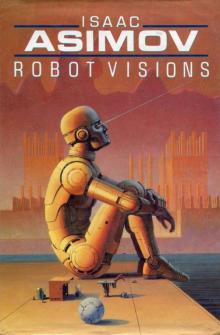 Robot Visions
Robot Visions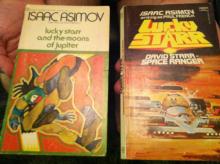 Lucky Starr And The Moons of Jupiter
Lucky Starr And The Moons of Jupiter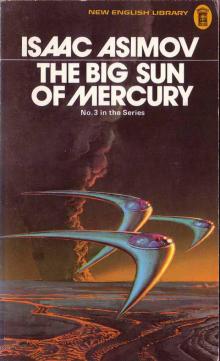 Lucky Starr and the Big Sun of Mercury
Lucky Starr and the Big Sun of Mercury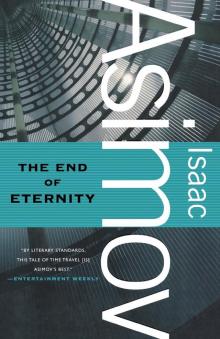 The End of Eternity
The End of Eternity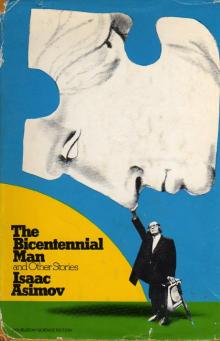 The Bicentennial Man and Other Stories
The Bicentennial Man and Other Stories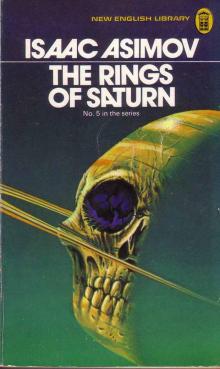 Lucky Starr And The Rings Of Saturn
Lucky Starr And The Rings Of Saturn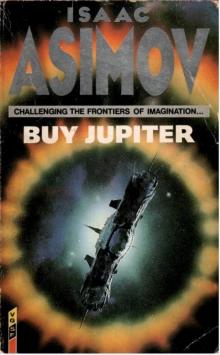 Buy Jupiter and Other Stories
Buy Jupiter and Other Stories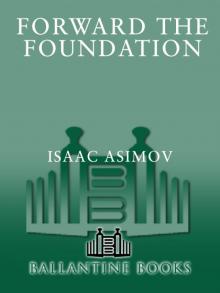 Forward the Foundation
Forward the Foundation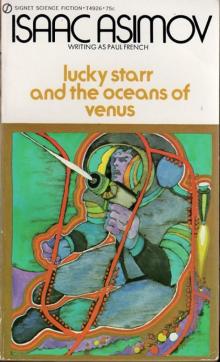 Lucky Starr and the Oceans of Venus
Lucky Starr and the Oceans of Venus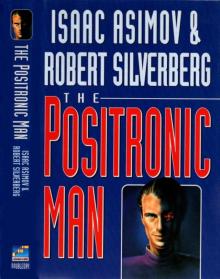 The Positronic Man
The Positronic Man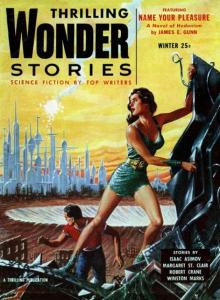 The Portable Star
The Portable Star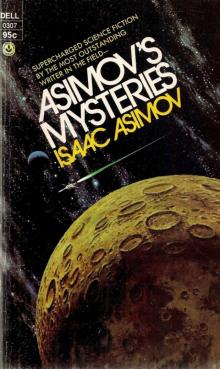 Asimovs Mysteries
Asimovs Mysteries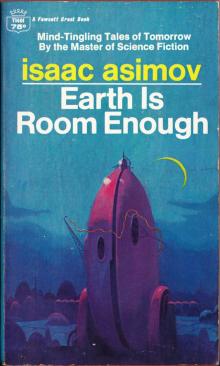 Earth Is Room Enough
Earth Is Room Enough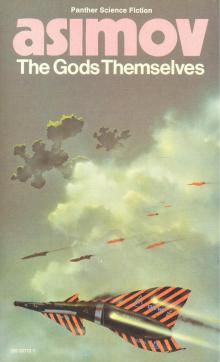 The Gods Themselves
The Gods Themselves Youth
Youth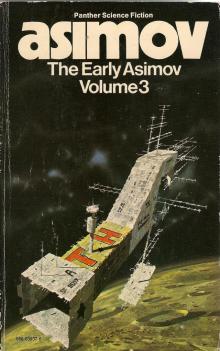 The Early Asimov Volume 3
The Early Asimov Volume 3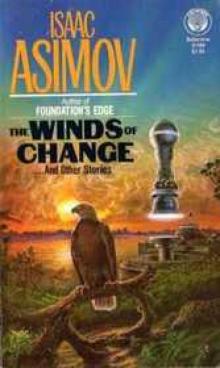 The Winds of Change and Other Stories
The Winds of Change and Other Stories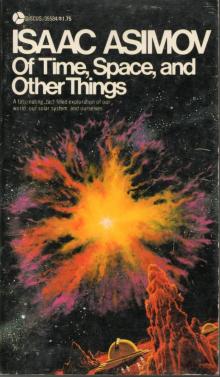 Of Time, Space, and Other Things
Of Time, Space, and Other Things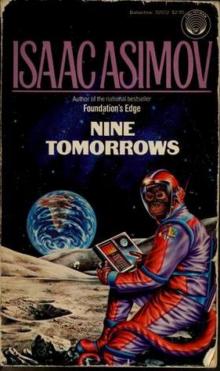 Nine Tomorrows
Nine Tomorrows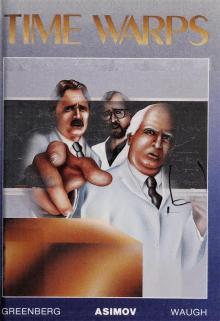 Time Warps
Time Warps Robots and Empire
Robots and Empire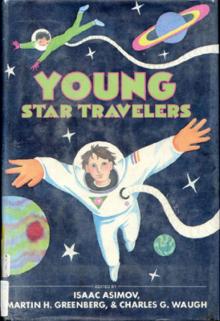 Young Star Travelers
Young Star Travelers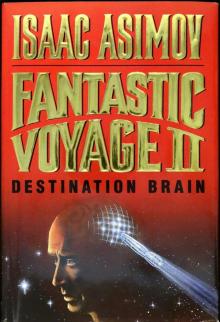 Fantastic Voyage II: Destination Brain
Fantastic Voyage II: Destination Brain Second Foundation
Second Foundation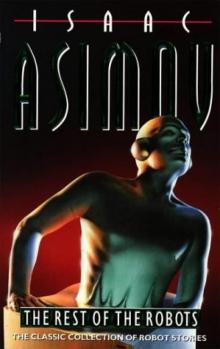 The Rest of the Robots
The Rest of the Robots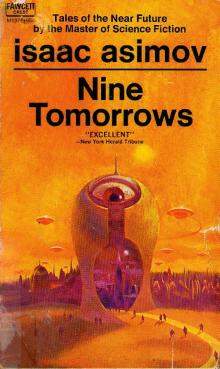 NINE TOMORROWS Tales of the Near Future
NINE TOMORROWS Tales of the Near Future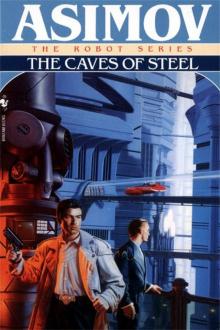 Daneel Olivaw 1 - The Caves of Steel
Daneel Olivaw 1 - The Caves of Steel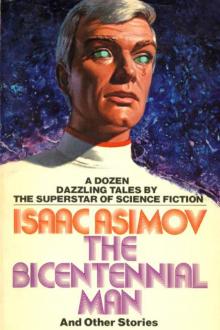 THE BICENTENNIAL MAN
THE BICENTENNIAL MAN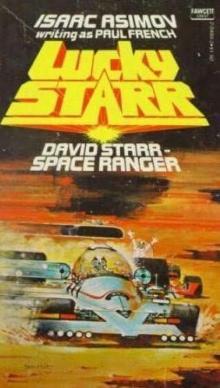 David Starr Space Ranger (lucky starr)
David Starr Space Ranger (lucky starr)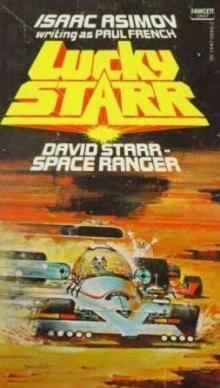 David Starr Space Ranger (ls)
David Starr Space Ranger (ls)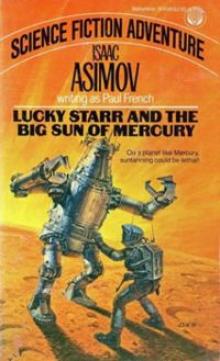 Lucky Starr And The Big Sun Of Mercury ls-4
Lucky Starr And The Big Sun Of Mercury ls-4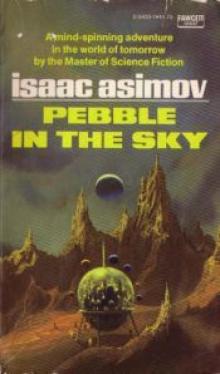 Pebble In The Sky te-1
Pebble In The Sky te-1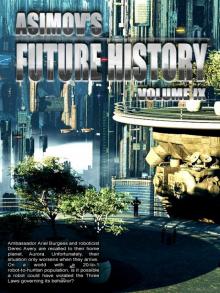 Asimov’s Future History Volume 9
Asimov’s Future History Volume 9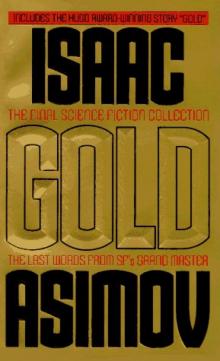 Gold: The Final Science Fiction Collection
Gold: The Final Science Fiction Collection Foundation and Earth f-7
Foundation and Earth f-7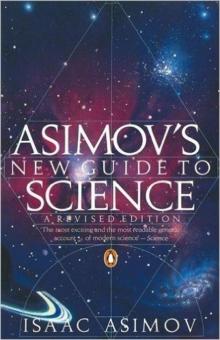 Asimov's New Guide to Science
Asimov's New Guide to Science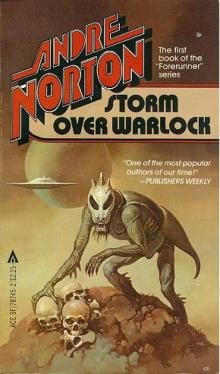 STORM OVER WARLOCK
STORM OVER WARLOCK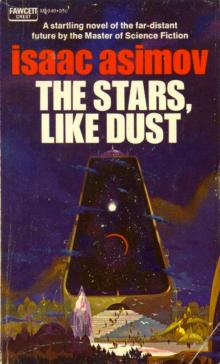 Stars, Like Dust
Stars, Like Dust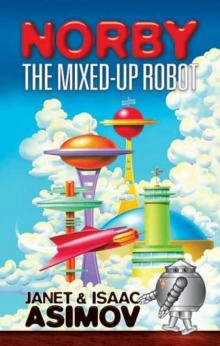 Norby The Mixed-Up Robot
Norby The Mixed-Up Robot Found!
Found!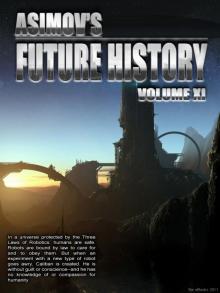 Asimov’s Future History Volume 11
Asimov’s Future History Volume 11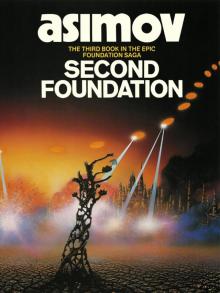 Second Foundation f-5
Second Foundation f-5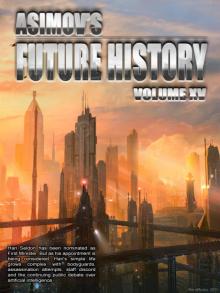 Asimov’s Future History Volume 15
Asimov’s Future History Volume 15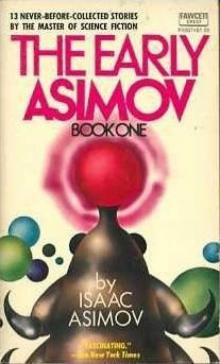 The Early Asimov. Volume 1
The Early Asimov. Volume 1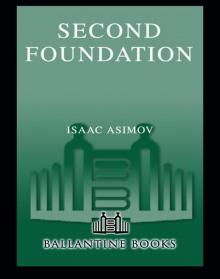 Secound Foundation
Secound Foundation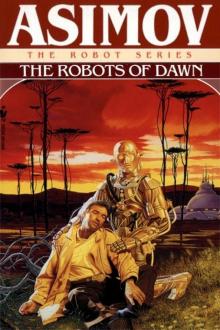 Daneel Olivaw 3 - The Robots of Dawn
Daneel Olivaw 3 - The Robots of Dawn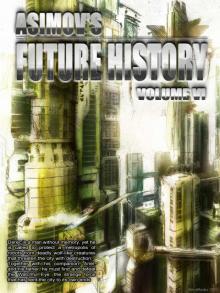 Asimov’s Future History Volume 6
Asimov’s Future History Volume 6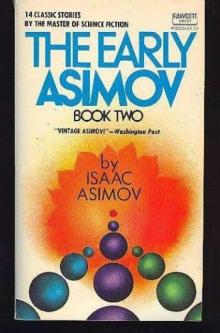 The Early Asimov. Volume 2
The Early Asimov. Volume 2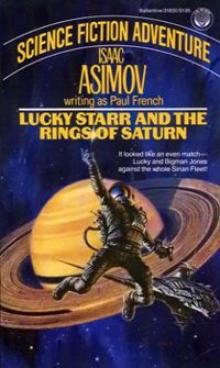 Lucky Starr And The Rings Of Saturn ls-6
Lucky Starr And The Rings Of Saturn ls-6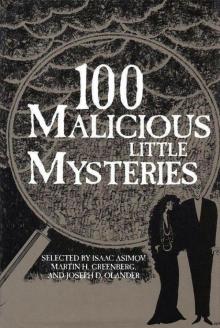 100 Malicious Little Mysteries
100 Malicious Little Mysteries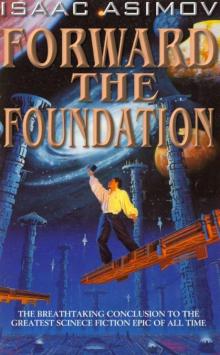 Forward the Foundation f-2
Forward the Foundation f-2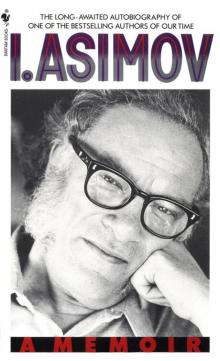 I.Asimov: A Memoir
I.Asimov: A Memoir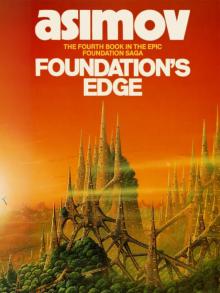 Foundation's Edge f-6
Foundation's Edge f-6 Lucky Starr and the Pirates of the Asteroids ls-2
Lucky Starr and the Pirates of the Asteroids ls-2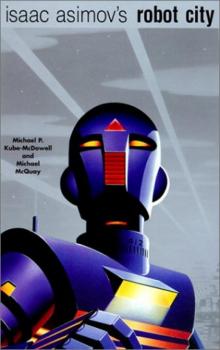 Robot City 1 & 2
Robot City 1 & 2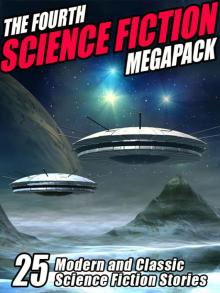 The Fourth Science Fiction Megapack
The Fourth Science Fiction Megapack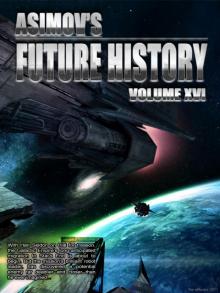 Asimov’s Future History Volume 16
Asimov’s Future History Volume 16 The Dim Rumble
The Dim Rumble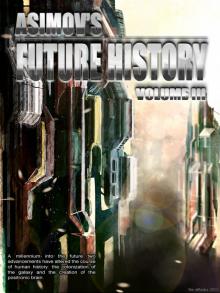 Asimov's Future History Volume 3
Asimov's Future History Volume 3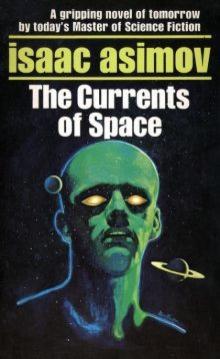 The Currents Of Space te-3
The Currents Of Space te-3 Asimov’s Guide To Shakespear. Volume 1
Asimov’s Guide To Shakespear. Volume 1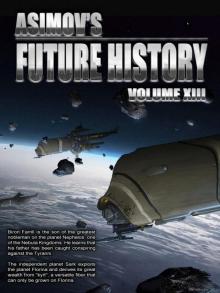 Asimov’s Future History Volume 13
Asimov’s Future History Volume 13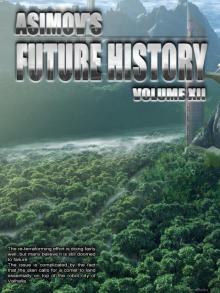 Asimov’s Future History Volume 12
Asimov’s Future History Volume 12 The Secret Sense
The Secret Sense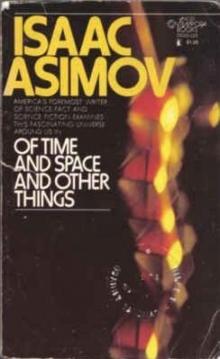 Of Time and Space and Other Things
Of Time and Space and Other Things Norby tnc-2
Norby tnc-2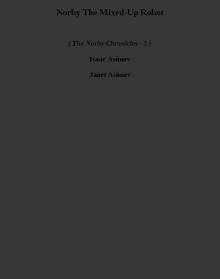 Norby The Mixed-Up Robot tnc-1
Norby The Mixed-Up Robot tnc-1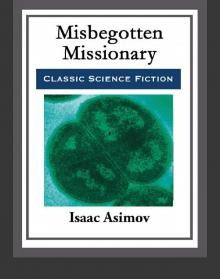 Misbegotten Missionary
Misbegotten Missionary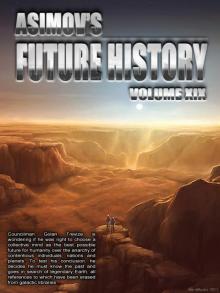 Asimov’s Future History Volume 19
Asimov’s Future History Volume 19 Fantastic Voyage II: Destination Brain fv-2
Fantastic Voyage II: Destination Brain fv-2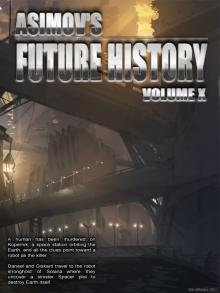 Asimov’s Future History Volume 10
Asimov’s Future History Volume 10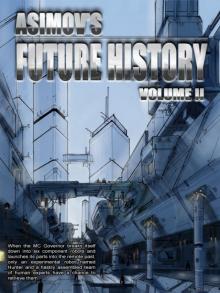 Asimov's Future History Volume 2
Asimov's Future History Volume 2 Feeling of Power
Feeling of Power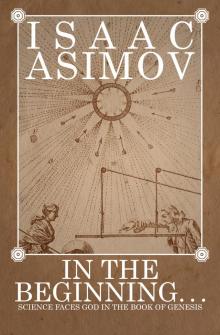 In the Beginning
In the Beginning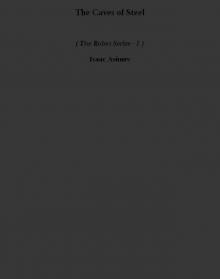 The Caves of Steel trs-1
The Caves of Steel trs-1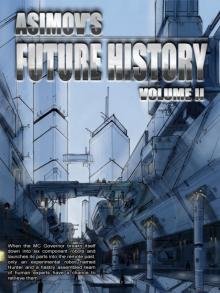 Asimov's Future History Vol 2
Asimov's Future History Vol 2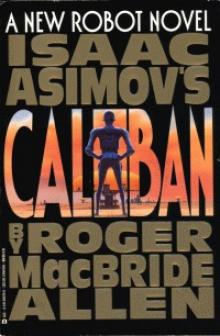 Caliban c-1
Caliban c-1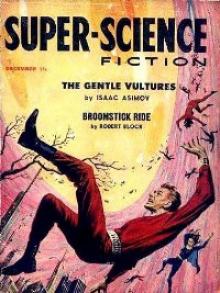 The Gentle Vultures
The Gentle Vultures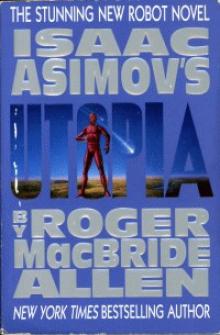 Utopia c-3
Utopia c-3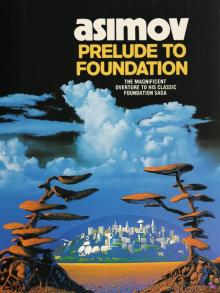 Prelude to Foundation f-1
Prelude to Foundation f-1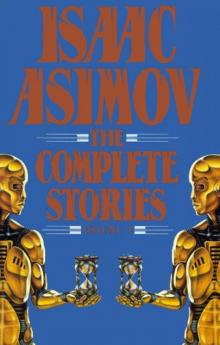 Short Stories Vol.1
Short Stories Vol.1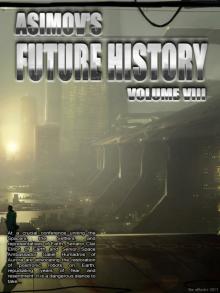 Asimov’s Future History Volume 8
Asimov’s Future History Volume 8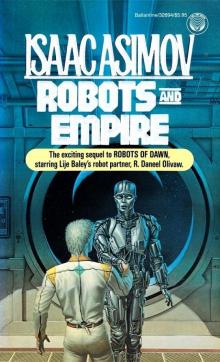 Daneel Olivaw 4 - Robots and Empire
Daneel Olivaw 4 - Robots and Empire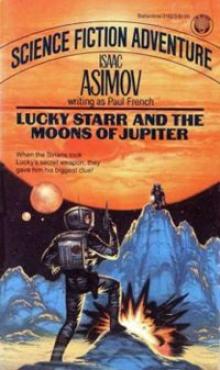 Lucky Starr The And The Moons of Jupiter ls-5
Lucky Starr The And The Moons of Jupiter ls-5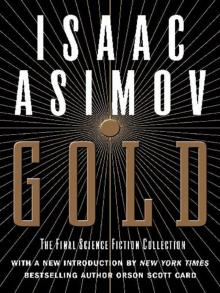 Gold
Gold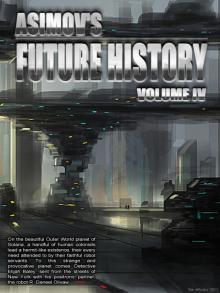 Asimov’s Future History Volume 4
Asimov’s Future History Volume 4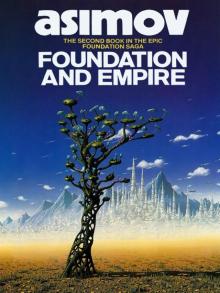 Foundation and Empire f-4
Foundation and Empire f-4 Potential
Potential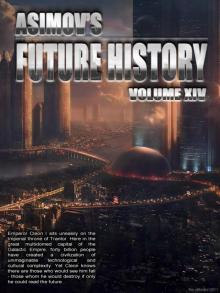 Asimov’s Future History Volume 14
Asimov’s Future History Volume 14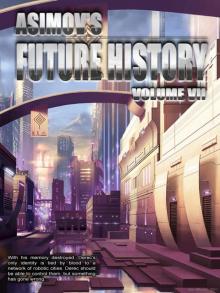 Asimov’s Future History Volume 7
Asimov’s Future History Volume 7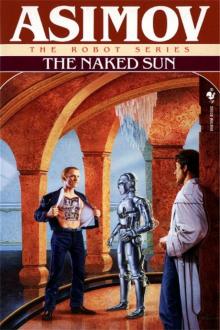 Daneel Olivaw 2 - The Naked Sun
Daneel Olivaw 2 - The Naked Sun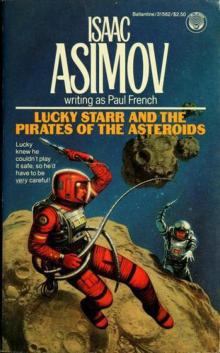 Lucky Starr and the Pirates of the Asteroids
Lucky Starr and the Pirates of the Asteroids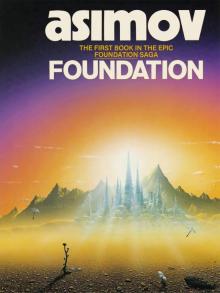 Foundation f-3
Foundation f-3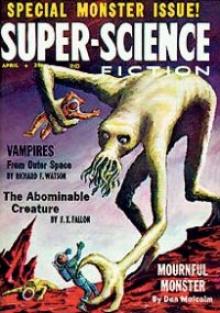 All the Troubles of the World
All the Troubles of the World Cleon the Emperor
Cleon the Emperor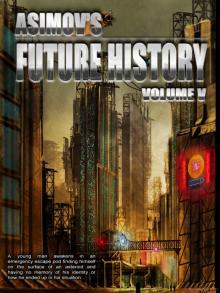 Asimov's Future History Volume 5
Asimov's Future History Volume 5 Asimov’s Future History Volume 20
Asimov’s Future History Volume 20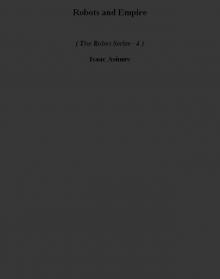 Robots and Empire trs-4
Robots and Empire trs-4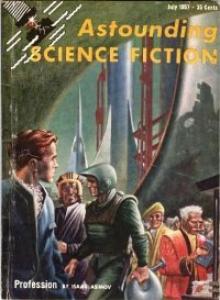 Profession
Profession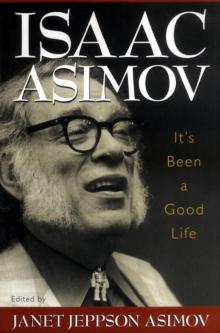 It's Been a Good Life
It's Been a Good Life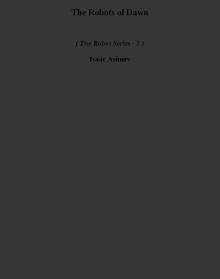 The Robots of Dawn trs-3
The Robots of Dawn trs-3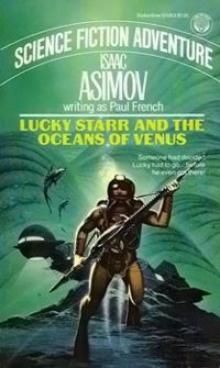 Lucky Starr And The Oceanf Of Venus ls-3
Lucky Starr And The Oceanf Of Venus ls-3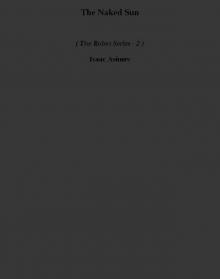 The Naked Sun trs-2
The Naked Sun trs-2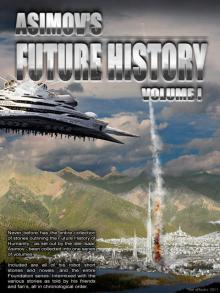 Asimov's Future History Volume 1
Asimov's Future History Volume 1